The encounter between contemporary ballet and the architecture of Kyiv has come to life harmoniously in the photo project Radio & Juliet and Quatro. The photographs capture the moment when the movement of the human body interacts with the rhythm of urban space, and the plasticity of dance enters into dialogue with the forms of concrete and glass. It is a story about love, loss, memory, and the search for harmony within the urban environment, published on the pages of The Village.
Idea and Concept
Romanian choreographer Edward Clug, in his production Radio & Juliet, reinterpreted the classic Shakespearean story by presenting it from Juliet’s perspective — through her inner world, emotions, and oscillations between the past and the present. Instead of traditional stage design, he chose minimalism: video projections, lighting effects, and the electronic music of Radiohead.
This photo project transfers the performance from the stage to the urban landscape of Kyiv. The dancers pose and move among architectural landmarks in the Brutalist style, where monumental concrete structures contrast with the living plasticity of human bodies. It is not merely a play of form and light — it is a metaphor for human emotion woven into the rhythm of the modern city.
Photo Project Locations
The photo sessions took place in Kyiv’s iconic locations, where architecture serves not as a backdrop but as a dance partner:
- Vernadsky National Library — a symbol of Soviet modernism with a powerful vertical composition.
- Hotel Salut — a rounded architectural form contrasting with the geometry of the cityscape.
- Ukrainian House — a multifunctional exhibition complex with wide staircases that become an “open-air stage.”
- Kyiv Crematorium — an architectural object of deep symbolism, reminding us of the cyclic nature of life and death.
- The spaces of Pechersk and Lybidska Square — places where concrete, glass, and traffic movement create a dynamic urban rhythm.
In these spaces, the dancers do not simply move — they engage in dialogue with the architecture. The city transforms into a stage where every volume, shadow, and texture becomes part of the composition. The stone structure of a building emphasizes the line of the body, while human movement gives the architecture new life.
The Dancers
The main performers of the photo project are leading artists of Ukrainian contemporary ballet: Olya Tymosheva, Ivan Zhuravlov, Kateryna Kalchenko, and Dmytro Abram. Their presence in the frame is not mere role-playing but the creation of an emotional field where dance becomes an act of existence. Each of them uses the body as an instrument of expression — precise yet sensitive, conveying subtle states between love and despair, movement and silence.
Olya Tymosheva as Juliet is the central figure of the project. Her plasticity embodies the inner struggle between tenderness and strength, submission and freedom. Ivan Zhuravlov brings tension, dynamics, and contrast — his presence seems to confront the heroine with reality. Kateryna Kalchenko and Dmytro Abram form a second energetic pole — they not only support but also expand the emotional space of the story, adding depth and layering. Together they create an ensemble in which movement becomes the language of feeling, and every gesture — a response to architecture, music, and the space of the city.
Dance Language and Music
The music of Radiohead forms the emotional rhythm of the project. Its melancholic electronics and hypnotic motifs intensify the sense of movement and solitude within the metropolis.
The dancer’s body becomes a mediator between sound and space: the music flows through it, changing its plasticity, tempo, and the character of gesture.
In the rhythm of the city, amid the noise of cars and concrete walls, Radiohead’s melodies sound like Juliet’s inner monologue, and dance becomes a confession. It is a dialogue between the human and the city, between emotion and form, between the personal and the collective experience.
Connection Between Emotion and Space
The photo project explores how emotion can alter the perception of architecture. The buildings of Kyiv, once seen as cold or austere, here acquire humanity. They do not oppress — they listen. In this interaction, a new aesthetic emerges: the city becomes a body, and the body becomes architecture.
Light and shadow form their own language: sharp contrasts emphasize drama, while the soft rays of morning or twilight create a sense of intimacy. Each shot is a collision of two worlds — the organic and the artificial, the transient and the eternal.
Radio & Juliet and Quatro is an attempt to unite corporeality and space, music and architecture, the human and the city. It is a visual poem about loneliness and closeness, about the search for harmony in a world where concrete and glass have become our everyday scenery.
The project invites us to see the city differently: not as a collection of buildings, but as a living organism where every movement, every gesture leaves a trace. A dancer against the backdrop of a building is not a contrast but a continuation of its form. In this interaction, true art is born — living, emotional, sincere.
Perhaps this is what defines the modernity of ballet: not new techniques or decorations, but the ability to find beauty in everyday space and to discover humanity even in concrete and steel.
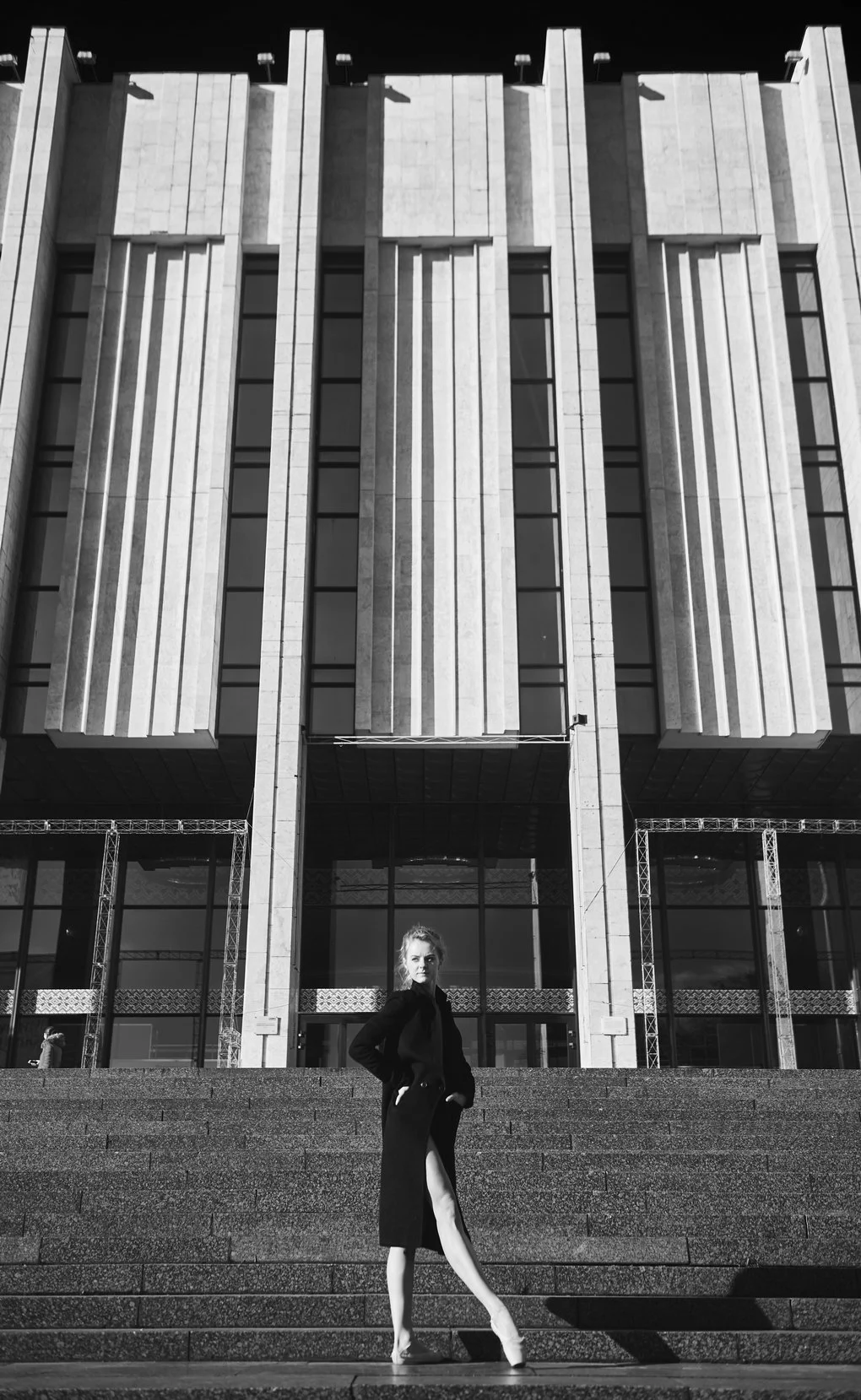
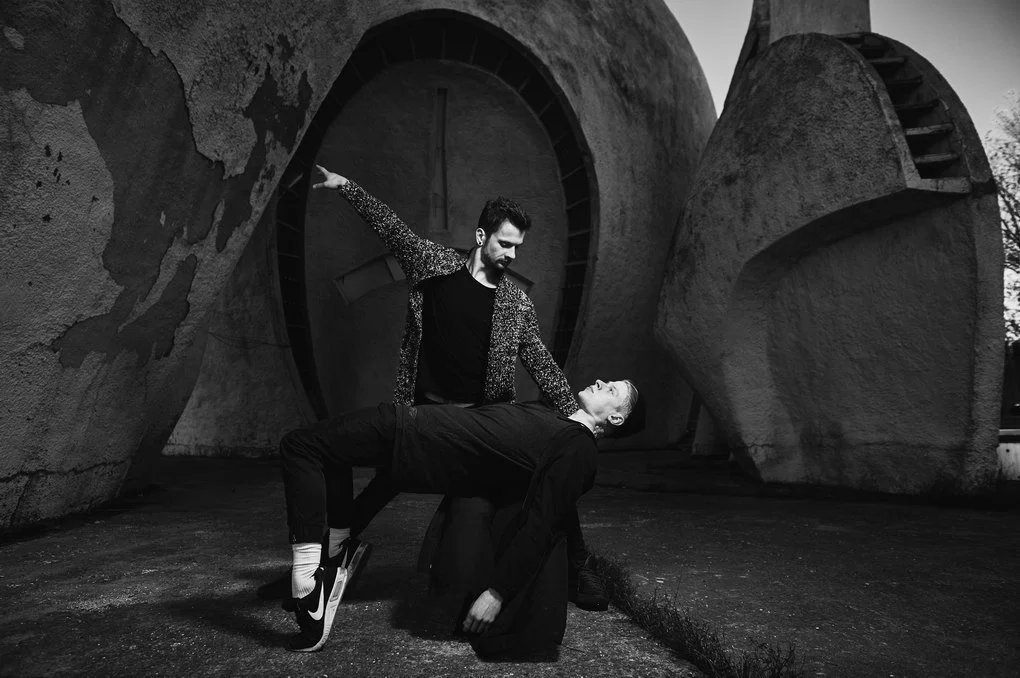
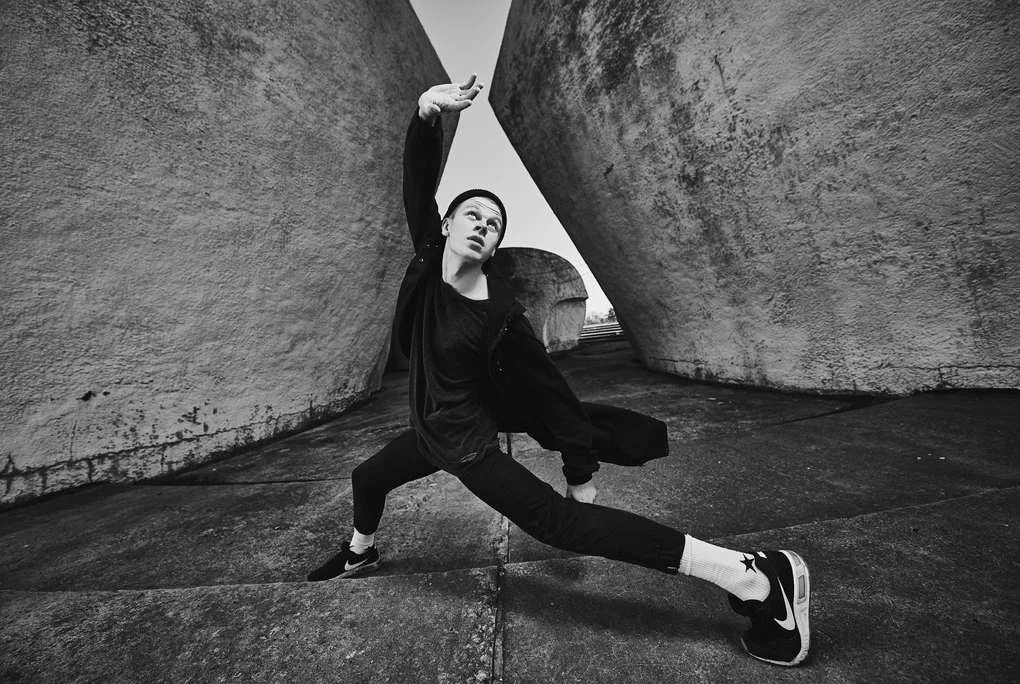
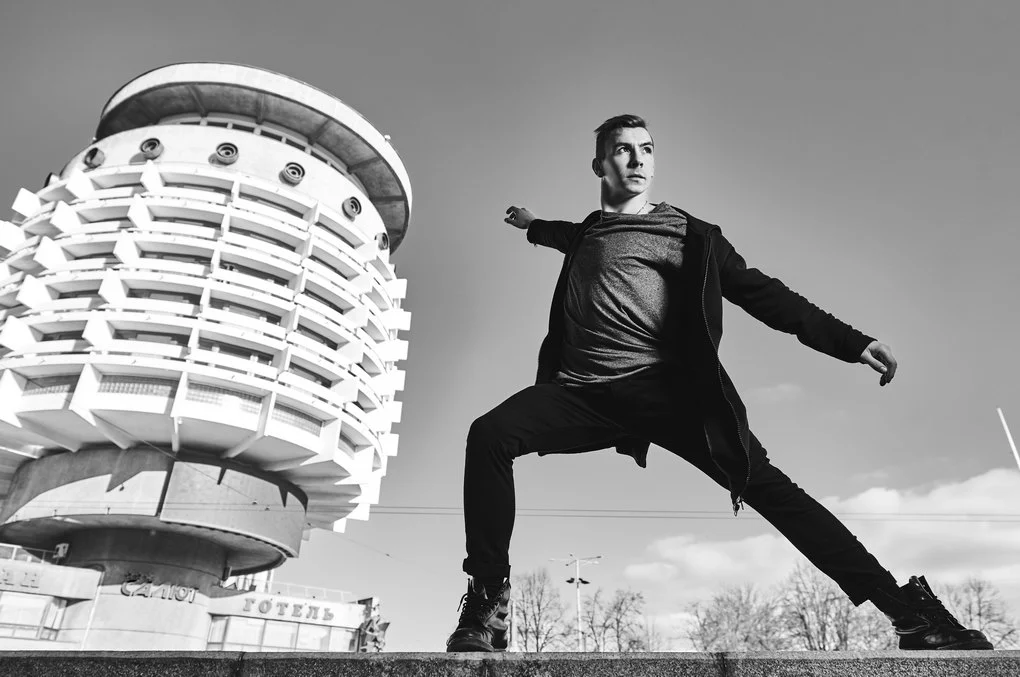
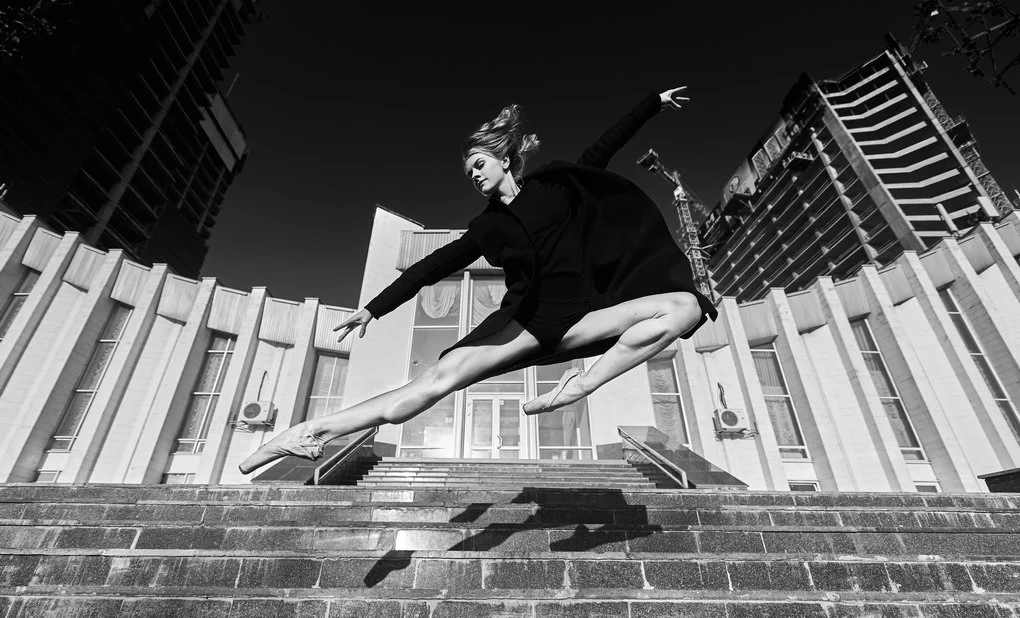
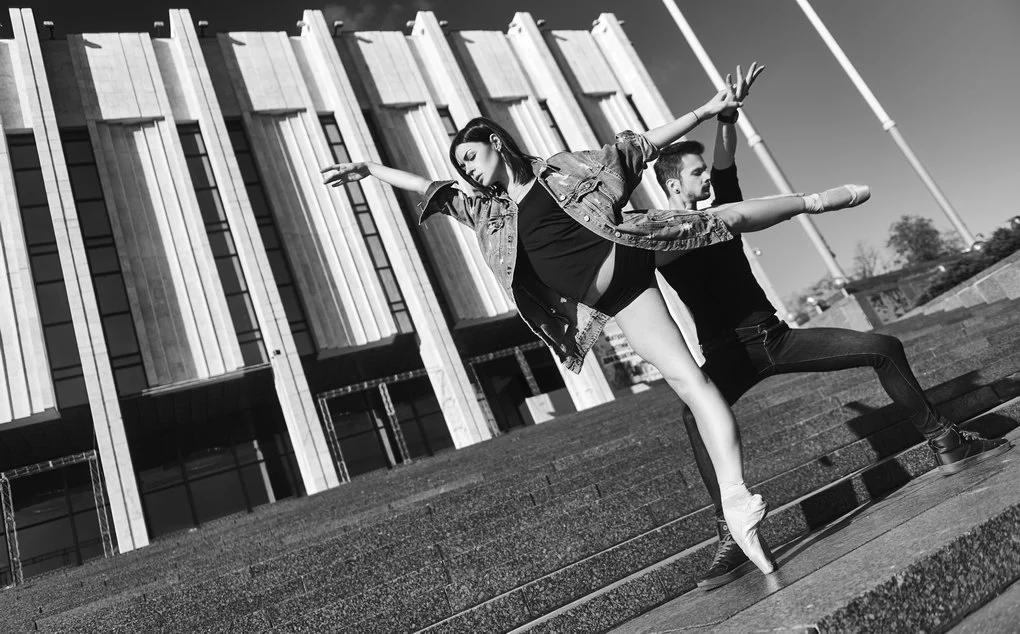
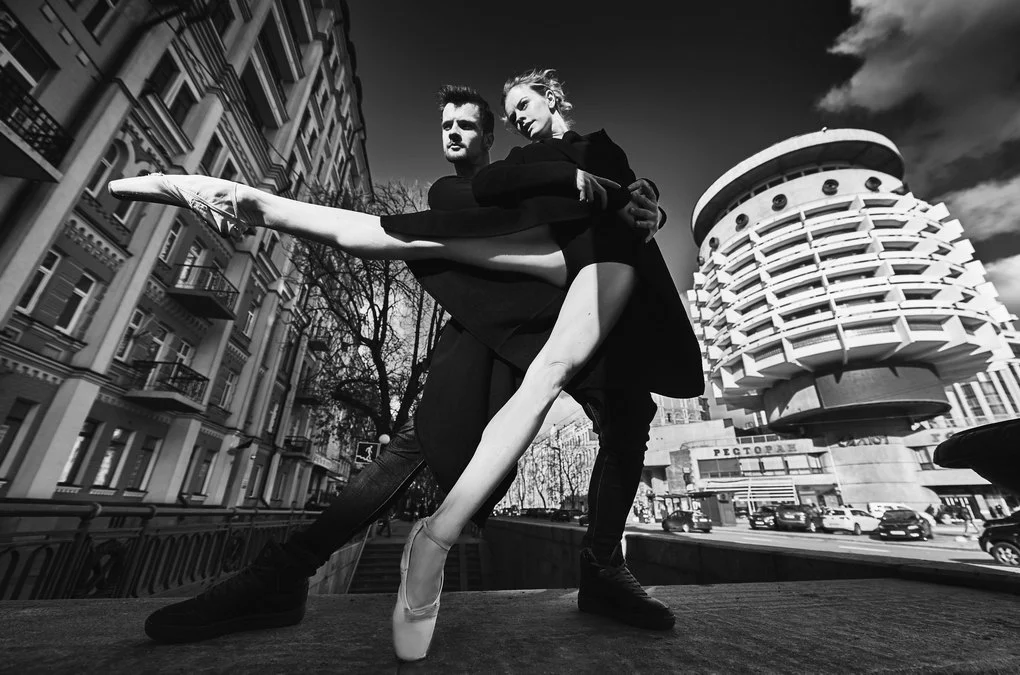
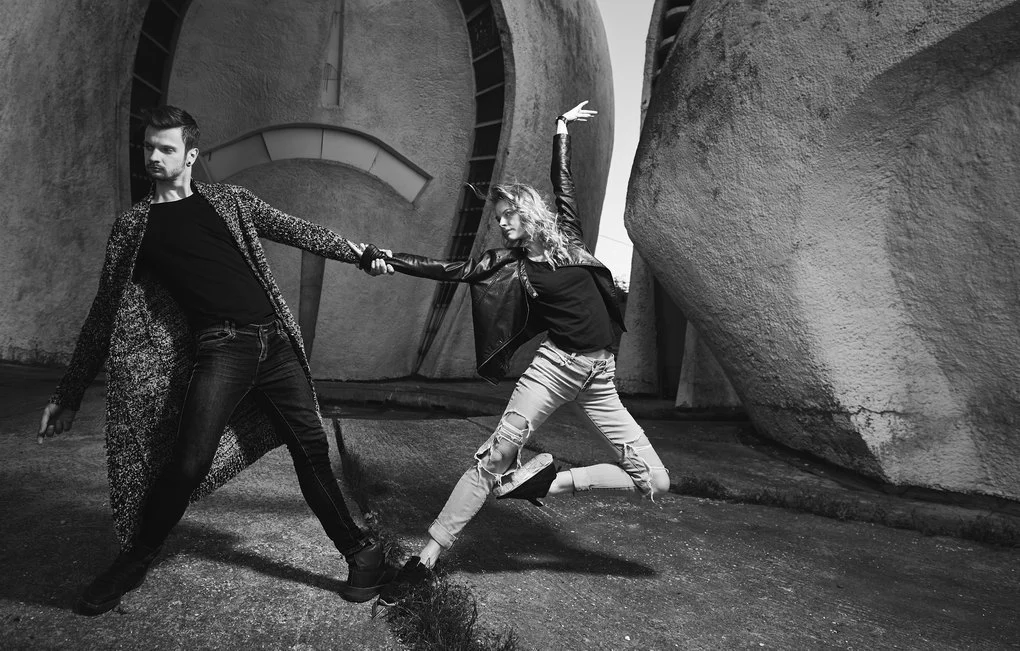
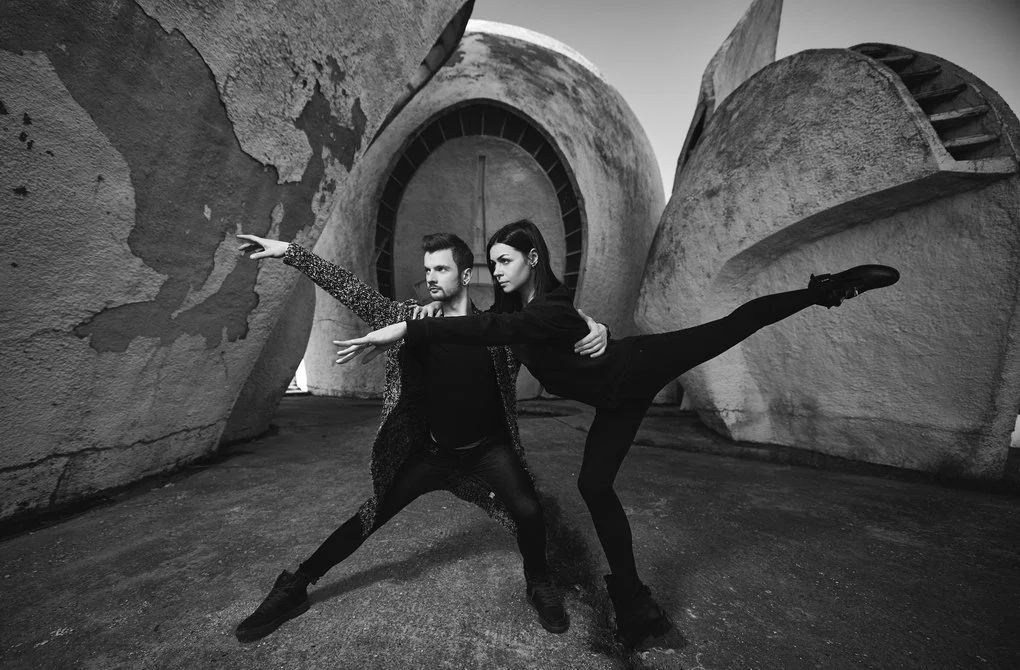
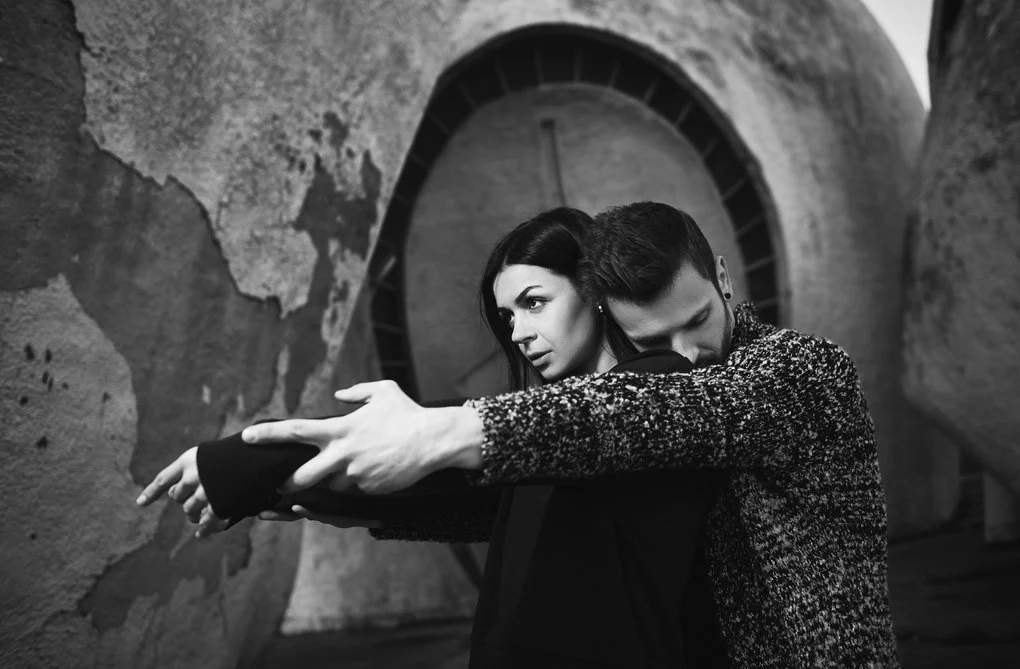
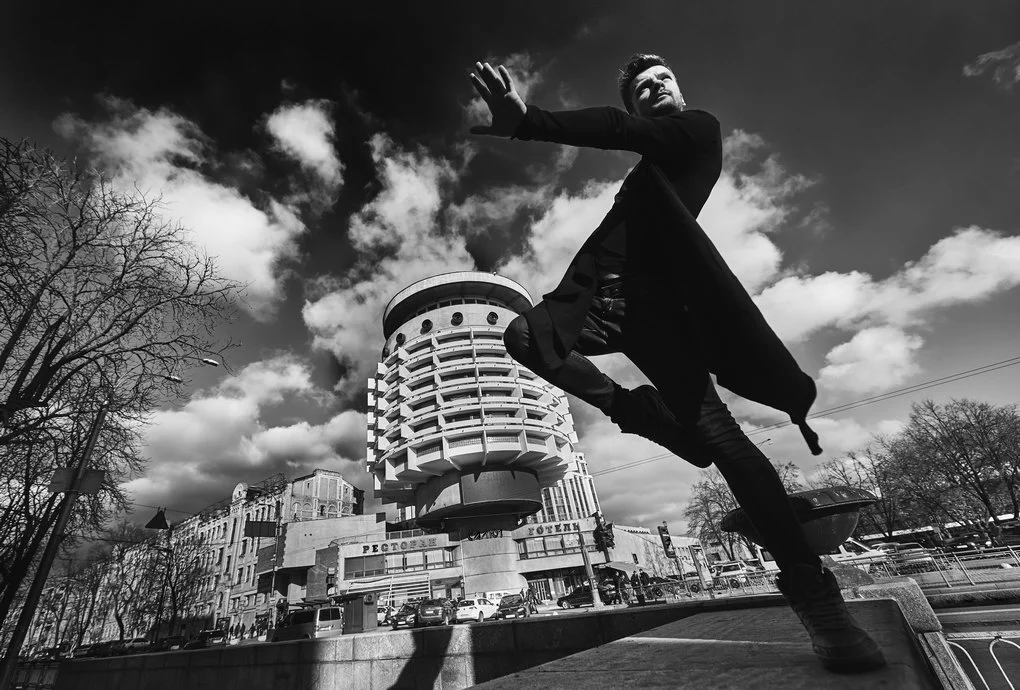
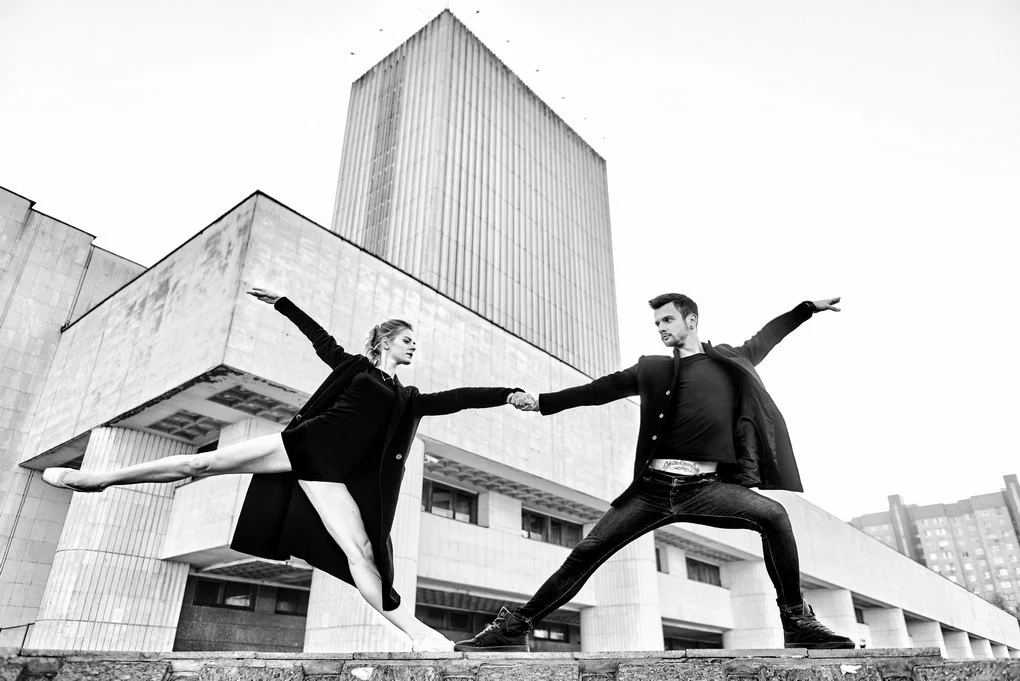
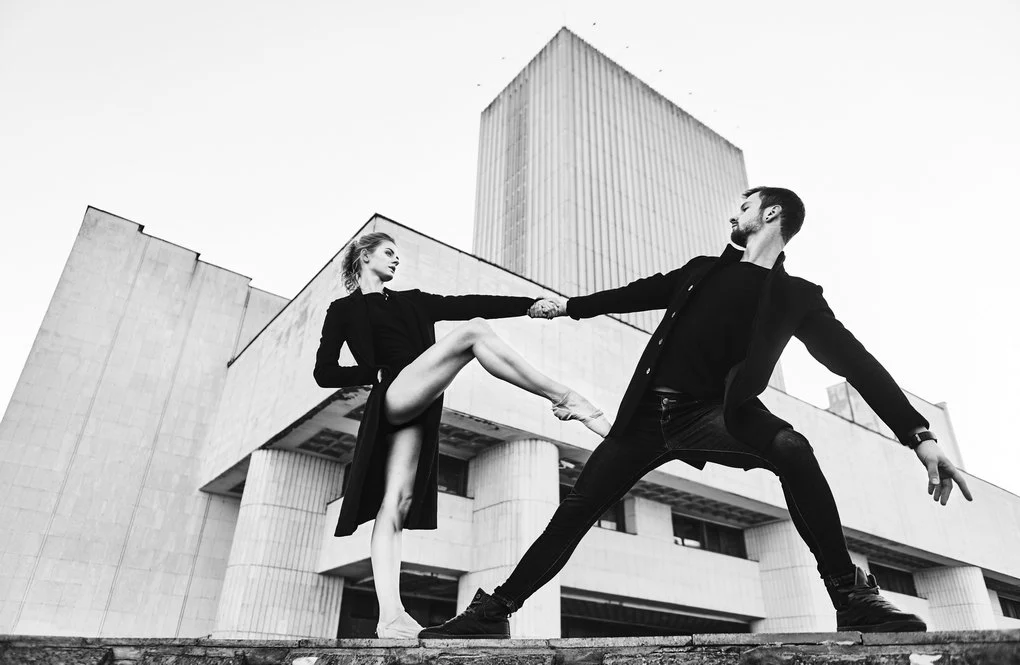
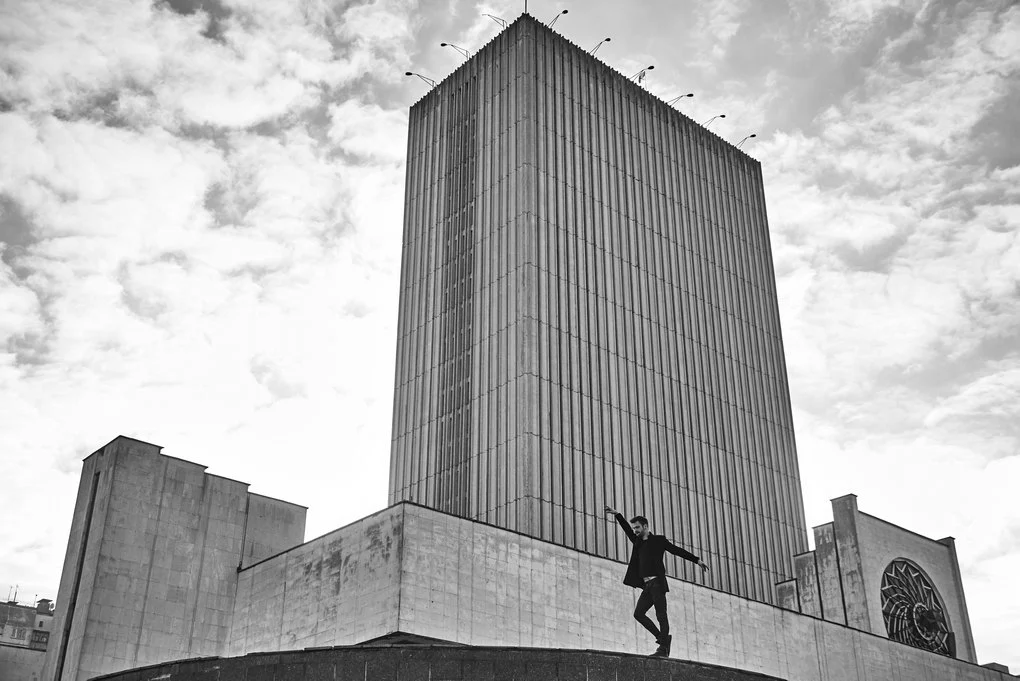
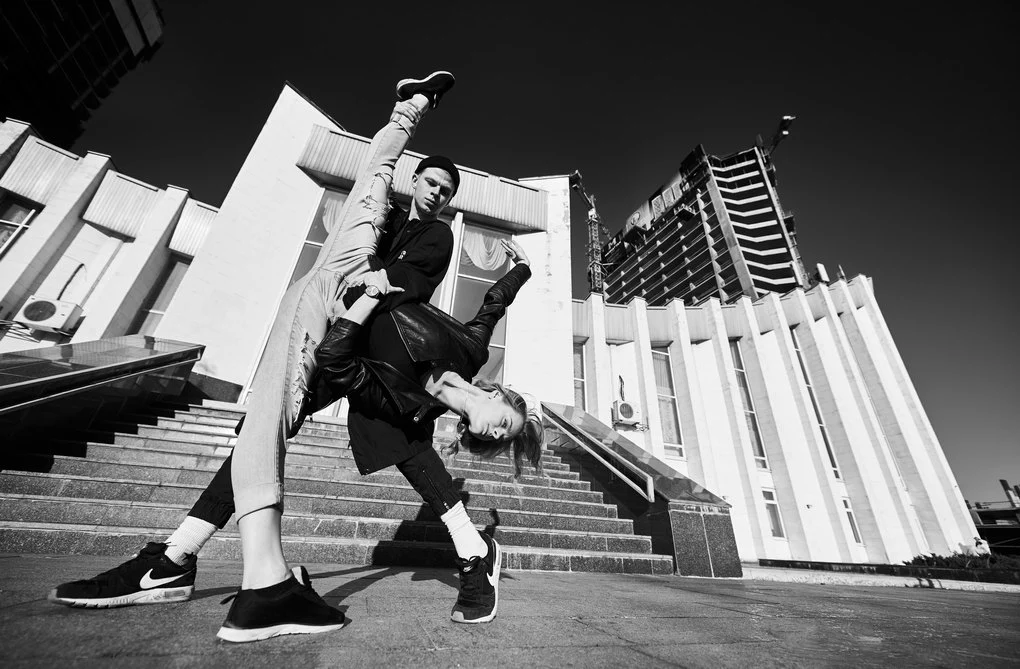
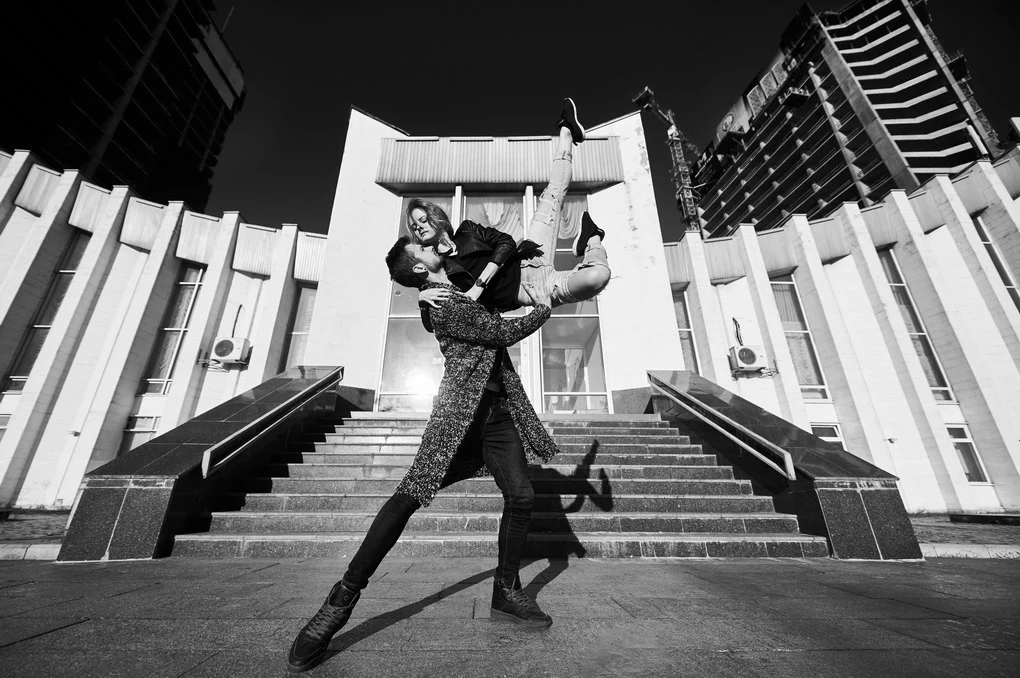
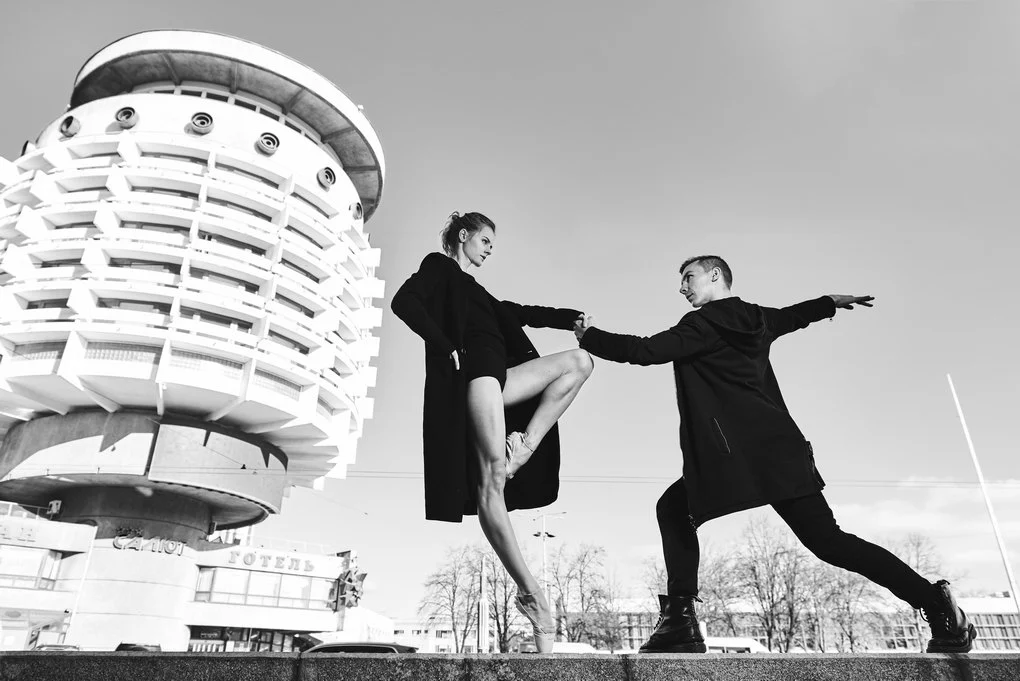
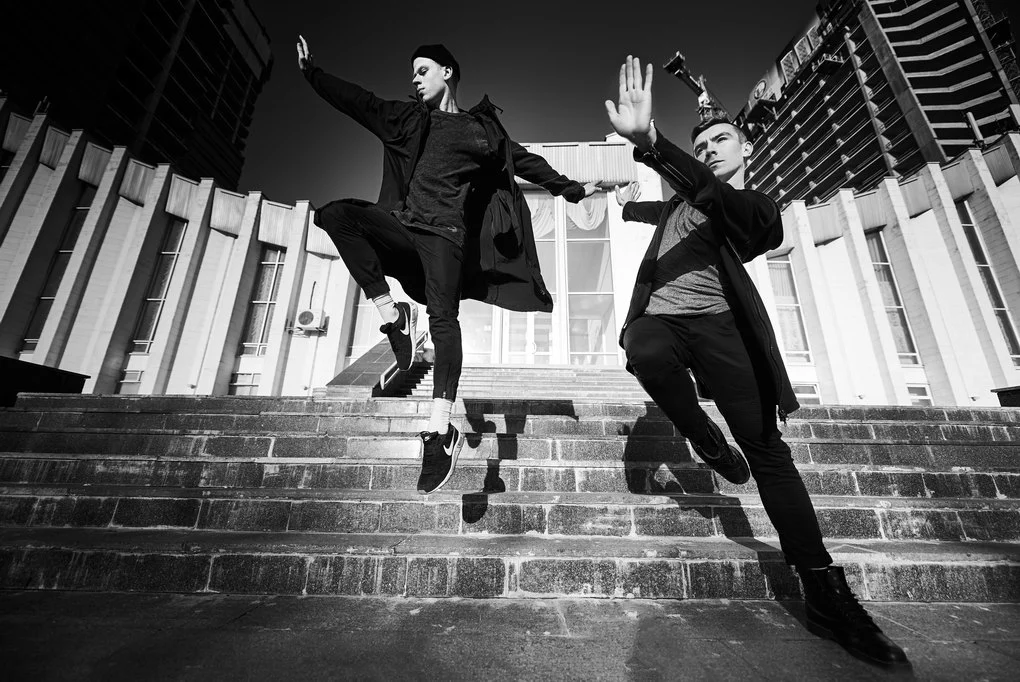
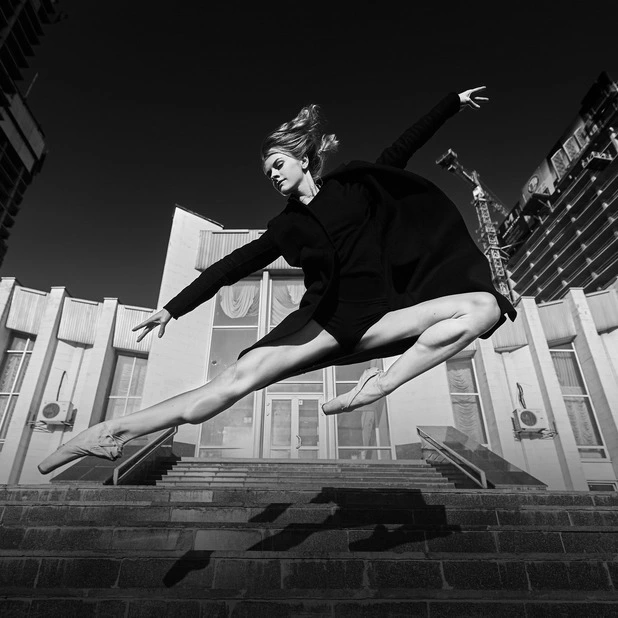
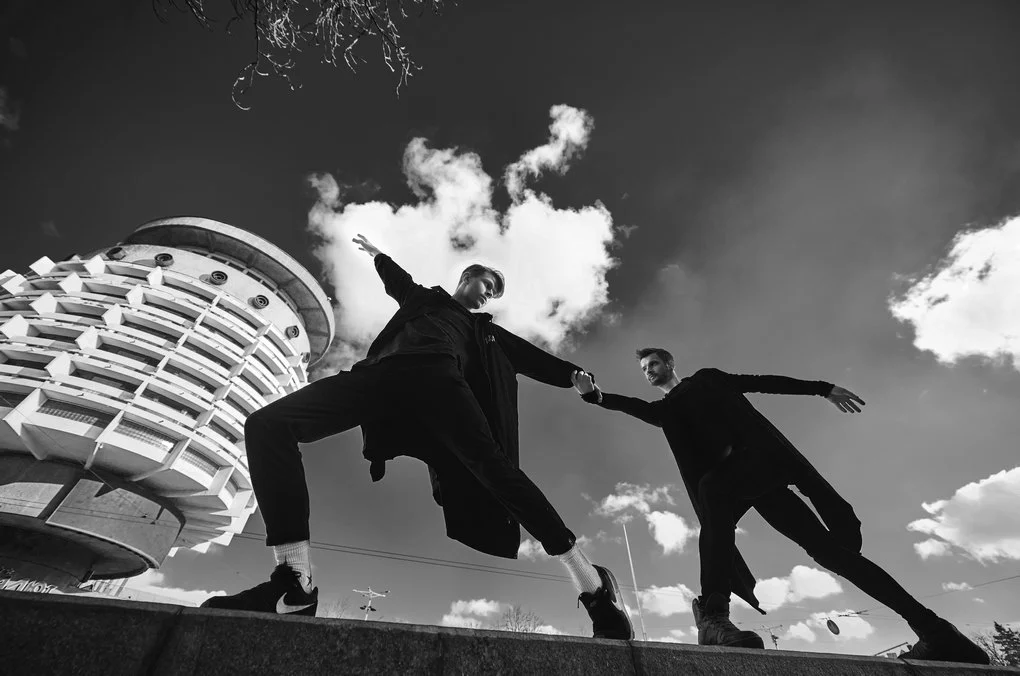
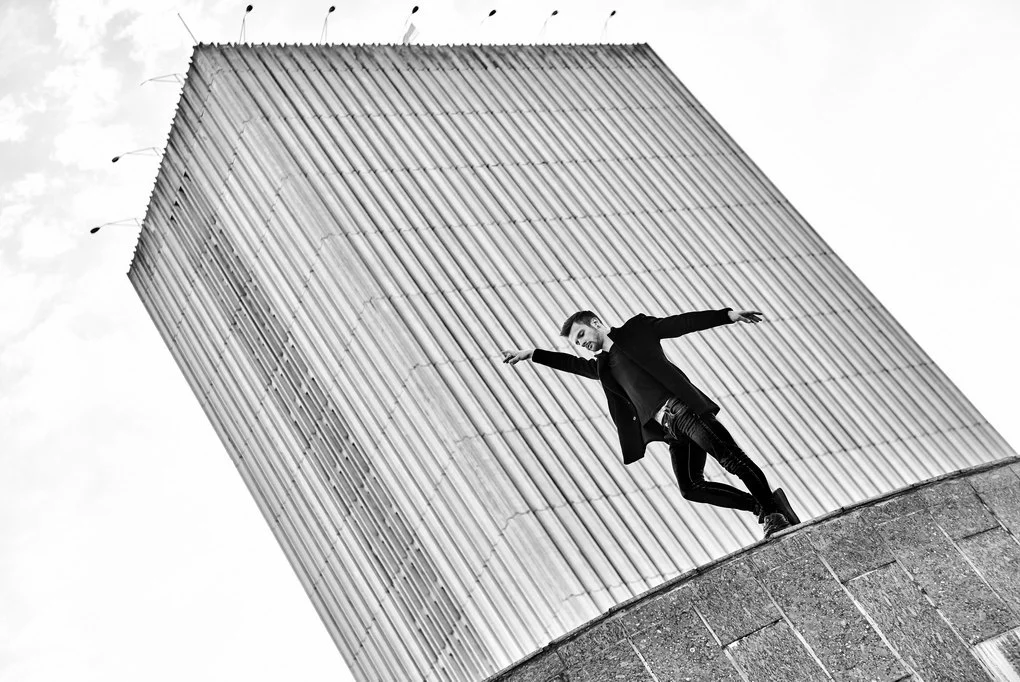
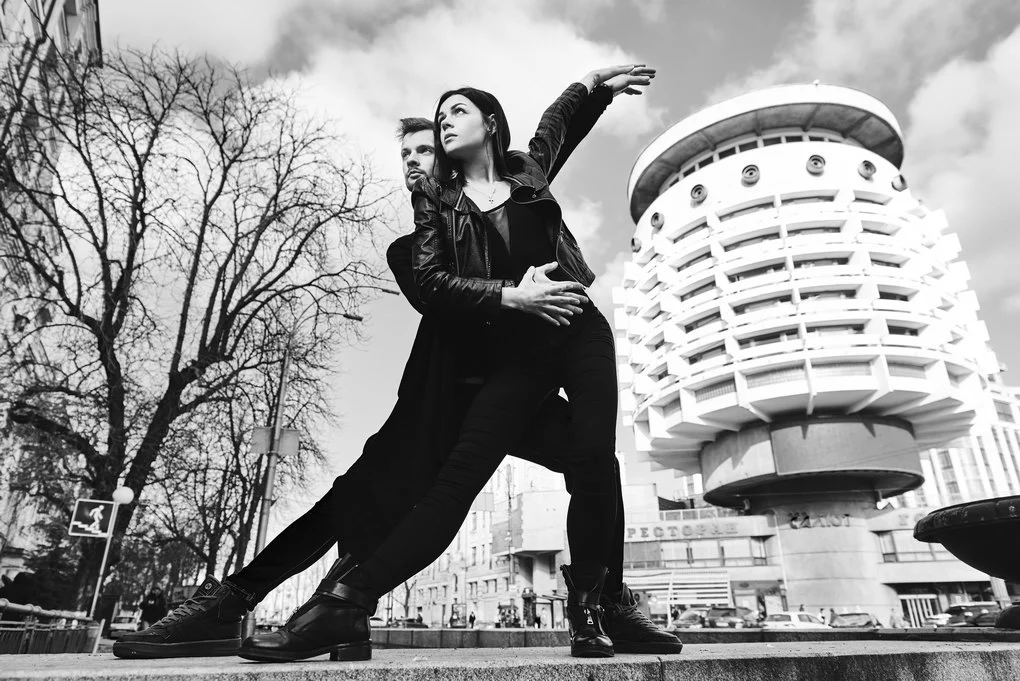
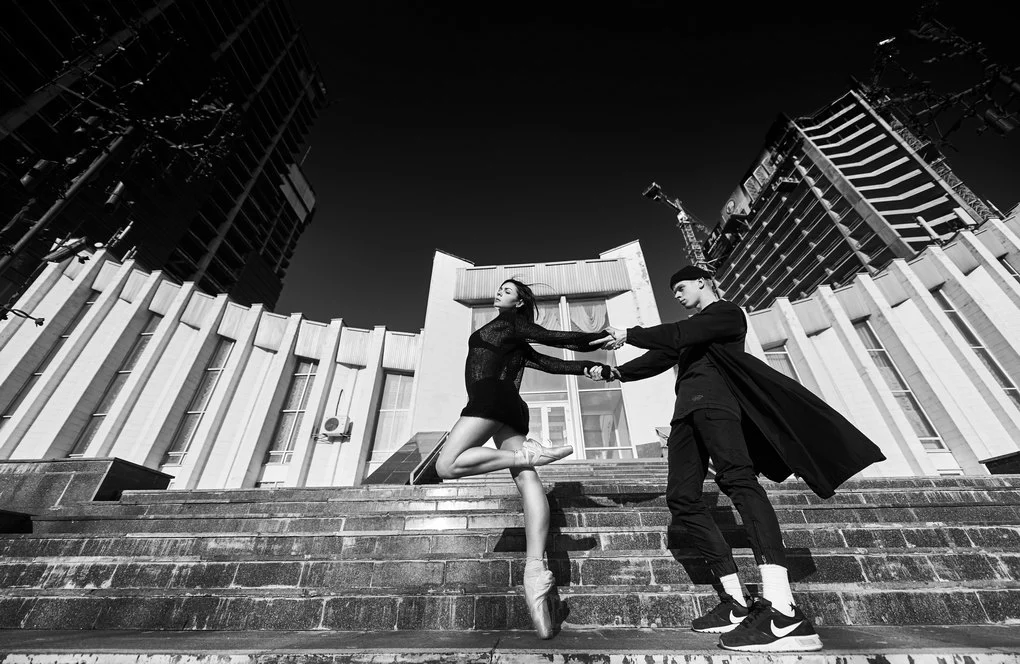
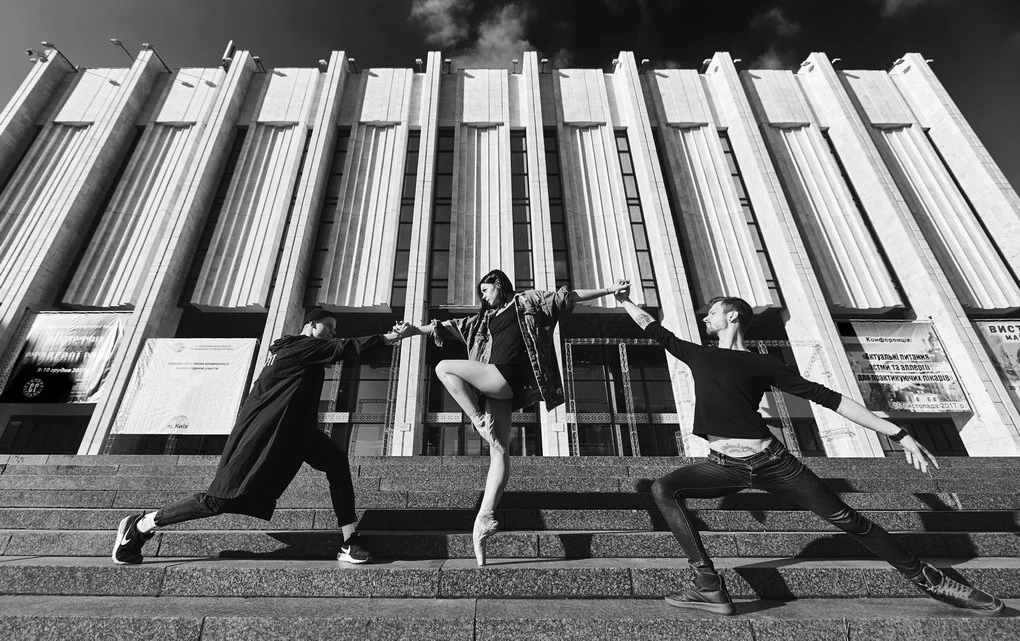

![[:ua]Балет і архітектура Києва[:] Балет і архітектура Києва](https://www.cutinsight.com/wp-content/uploads/2025/10/2z4KkU0sGkb6OhuoQ7NqNQ-original_opt.webp)